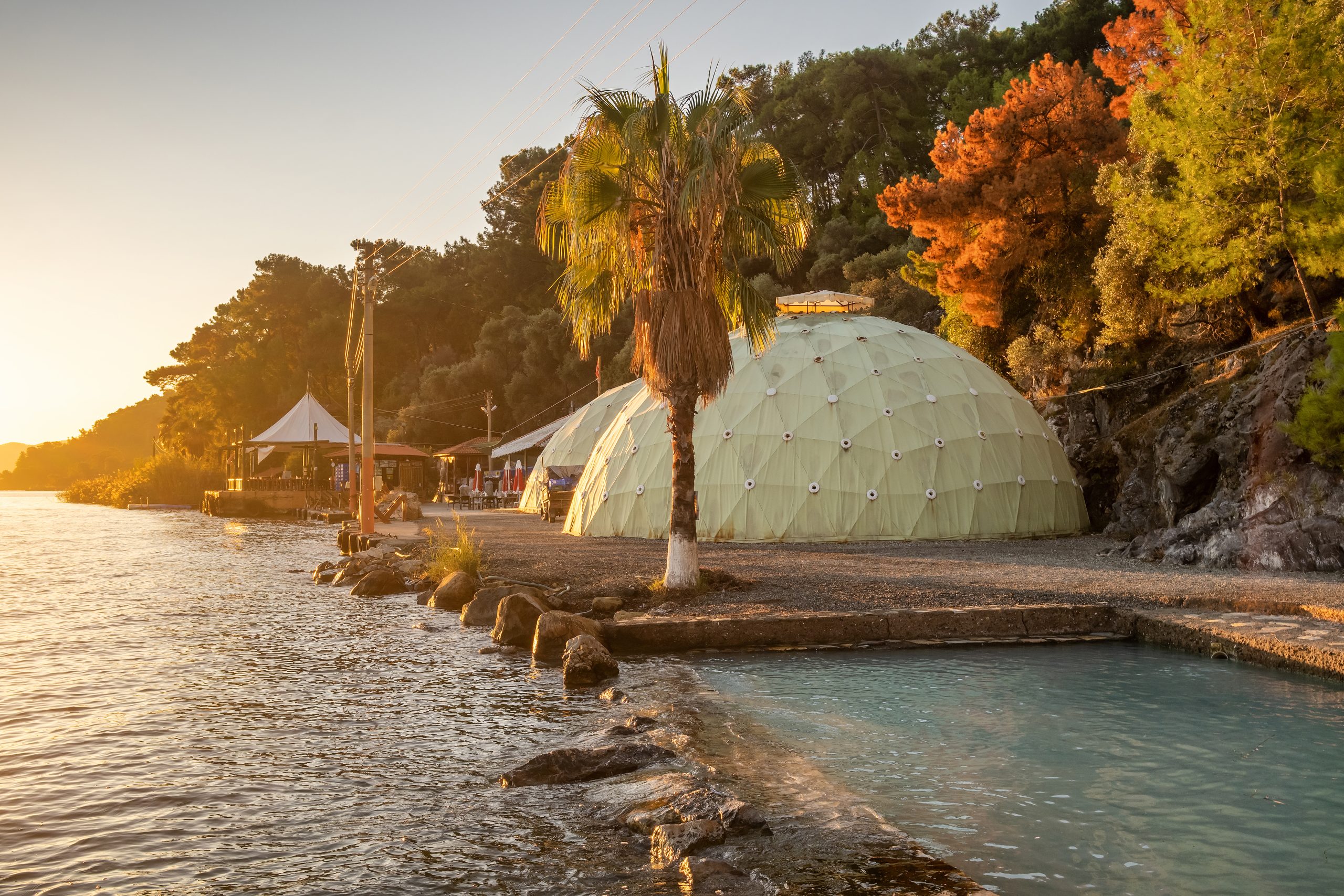
08 Nov KÖYCEĞİZ
Köyceğiz was first settled by the
Carians and Leleges around 3000 BC. This information is mentioned in the
artifacts of historian Herodotus, geographer Strabo, and poet Homer. The
remains of cities, fortresses, aqueducts, agricultural terraces, and rock tombs
in the region carry the traces of these early settlements to the present day.
Kaunos, known as an important port
city, was established on the shores of Lake Köyceğiz. Kaunos played a key role
in the trade and maritime transportation of Caria and later came under the rule
of Alexander the Great. During the Roman period, the deforestation and
resulting erosion in the surrounding areas led to the region being covered by
swamps, which caused a decline in population. However, during the Byzantine
period, the area was revitalized after the swamps were drained.
The region was taken from the
Byzantines in 1261 by Salpakis Mantakhias, known as Menteşe Bey, the founder of
the Menteşe Principality, and came under the control of the Ottoman Empire in
1424.
Main Historical and Archaeological Destinations
Kaunos
Kaunos is located in Southwestern
Anatolia, within the borders of Köyceğiz District of Muğla Province, to the
west of Dalyan neighborhood and Dalyan Stream. First introduced to the
scientific world in 1840 and with excavations continuing since 1966, Kaunos is
recognized as an important archaeological site. It is mentioned in the Lycian
version of the Trilingual Inscription at Letoon that Kaunos was founded by the
indigenous people of Anatolia and was originally known by the local name
“Kbid”. This name was used by the Kaunians until the 4th century BC,
after which it was changed with the Hellenization of the city, following
colonization by the Greeks, who introduced Greek names as in other Anatolian
cities.
Kaunos was established on a peninsula
that extends towards the sea, with the Acropolis (Persikon) at 150 meters high
and the smaller Acropolis (Herakleion) to the southwest. The city was
administratively divided into “demos” and governed by judges known as
“dikastai.” Additionally, Kaunos included dependent settlements known
as “komes.” The earliest traces of settlement date back to the 7th
century BC, and the city remained inhabited until the late Byzantine period.
Natural and Cultural Heritage
Köyceğiz Lake
Located at the western edge of the
Mediterranean Region, this lake lies within the borders of Köyceğiz district
and is known for its sulphurous, brackish water. The lake’s elevation above sea
level is 8 meters, and its depth varies between 15 and 150 meters. Typically
calm, the lake is suitable for water sports like water skiing during eight
months of the year. The Dalyan Strait, known in ancient times as Dalbis Steam,
connects the lake to the sea, extending 8 miles and reaching the sea through a
reed-filled route.
Along the coastline lies the famous Iztuzu
Beach, which spans a width of 50 to 200 meters and stretches 5.5 kilometers in
length. The lake was separated from the sea due to the gulf’s mouth being
blocked by alluvial deposits, yet it still continues to discharge its water
into the sea.
The small island within the lake is locally
known as Prison Island. It was historically used for military purposes and
later as a prison. Ruins of a Genoese castle can still be seen on the island.
It is also referred to as Lover’s Island; according to legend, it was where two
young lovers sought refuge when their families refused to let them marry.
However, the couple met a tragic fate on the island when they were bitten by a
snake and died.
Sultaniye Hot Springs
Located in the southwest of Lake
Köyceğiz, at the foothills of Mount Ölemez, the history of the Sultaniye Hot
Springs dates back thousands of years. These hot springs were known to have
been used by the Kaunians around 100 BC and were expanded during the Byzantine
period with the addition of accommodation facilities. However, these facilities
are now submerged under the waters of Köyceğiz Lake. During the Roman period,
the hot springs were converted into a comprehensive hospital, with the inscription
“Death cannot enter here in the name of the gods” placed at the
entrance. The name “Mount Ölemez” (meaning “Mount
Immortal”) is derived from this historic phrase.
Sultaniye Hot Springs offer direct
treatment for various health issues such as rheumatism, kidney and urinary
tract disorders, metabolic disorders, mental fatigue, skin conditions, and gynaecological
diseases. The water of the springs contains calcium chloride, calcium sulphate,
calcium sulphide, bromide, radon, and radioactive substances. With a water
temperature of 39°C, Sultaniye Hot Springs is the hot spring with the highest
radioactivity in Türkiye and ranks second in the world in terms of radon
levels, following the hot spring in Indonesia. The high radioactivity endows
the springs with rehabilitative properties.
Toparlar Waterfall
Toparlar Waterfall, located just 8 km
from Köyceğiz, is a refreshing escape for nature lovers and trekking
enthusiasts, even during the hottest times of the year. The waterfall is
accessible via a pleasant 15-minute nature walk.
Sweetgum Trees and Citrus
The sweetgum tree, also known as the
Anatolian Sweetgum or Liquidambar tree, can grow up to 20 meters tall, with
broad leaves and a deciduous nature. It has thick branches and a broad canopy,
resembling a plane tree. It thrives in moist areas such as floodplains, swamps,
and riverbanks. The tree favors a temperate climate, plenty of sunlight, and
grows well in deep, moist, and sandy soils. The sweetgum tree forms forests in
only two regions worldwide and one of them is in Köyceğiz. Sweetgum oil is used
in various industries, including medicine and cosmetics. Besides, Köyceğiz is
known for producing some of Türkiye’s best citrus fruits.
Köyceğiz Bird Sanctuary
Köyceğiz and its surroundings offer a
rich diversity of bird species. Over 180 species of birds, including both
native and migratory species, live in the region. Each year, nature
enthusiasts, particularly from the UK and other European countries, visit
Köyceğiz in groups for bird watching.
Recommended Activities
International Yoga Festival (Autumn
Season)
International Cittaslow Festival
(Summer Season)
International Aromatic Plants Festival
(Summer Season)
National-International Turkish
Universities Köyceğiz Yaşar Sevim Beach Handball Championship (Summer Season)
Main Marinas and Ports
There is 1 public marina and 1 private
yacht club.

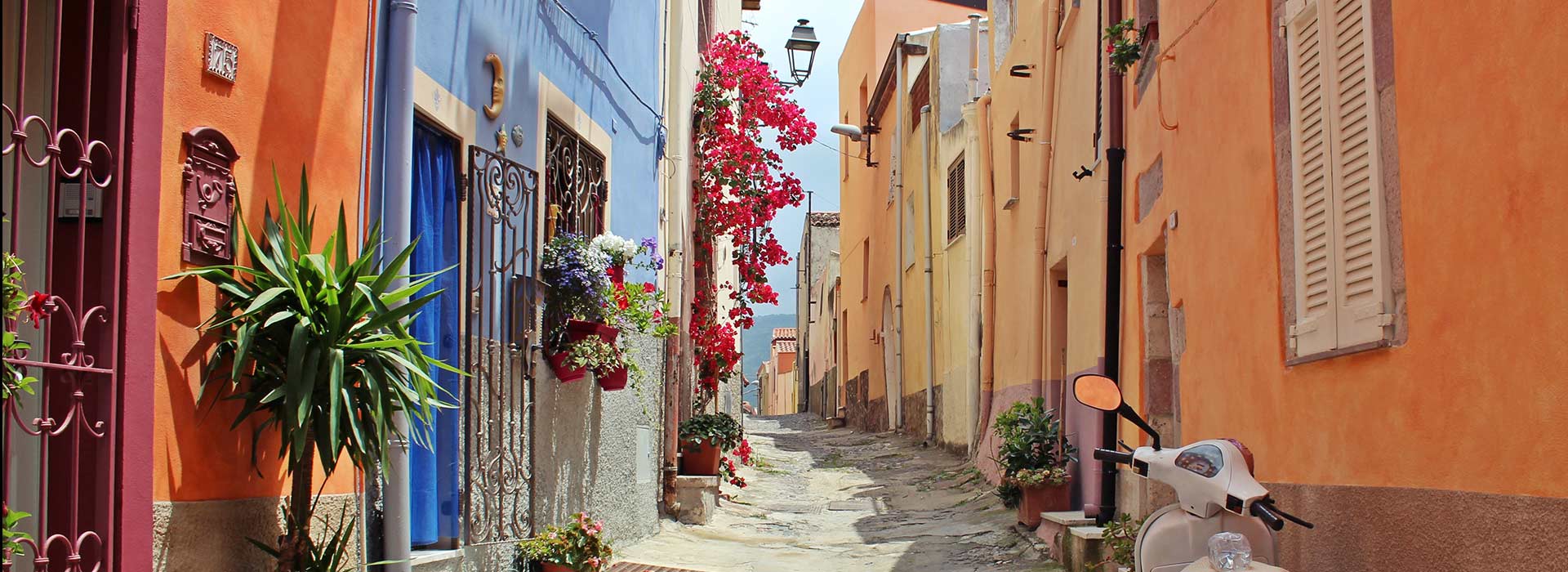
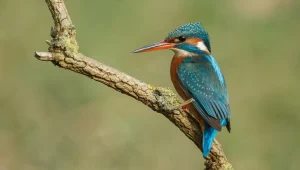
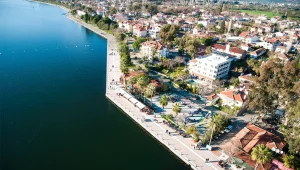
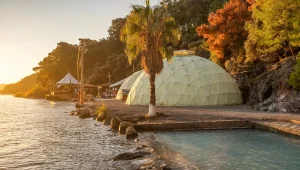
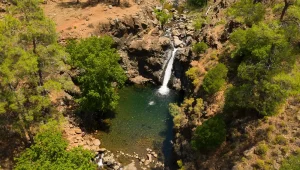
Sorry, the comment form is closed at this time.